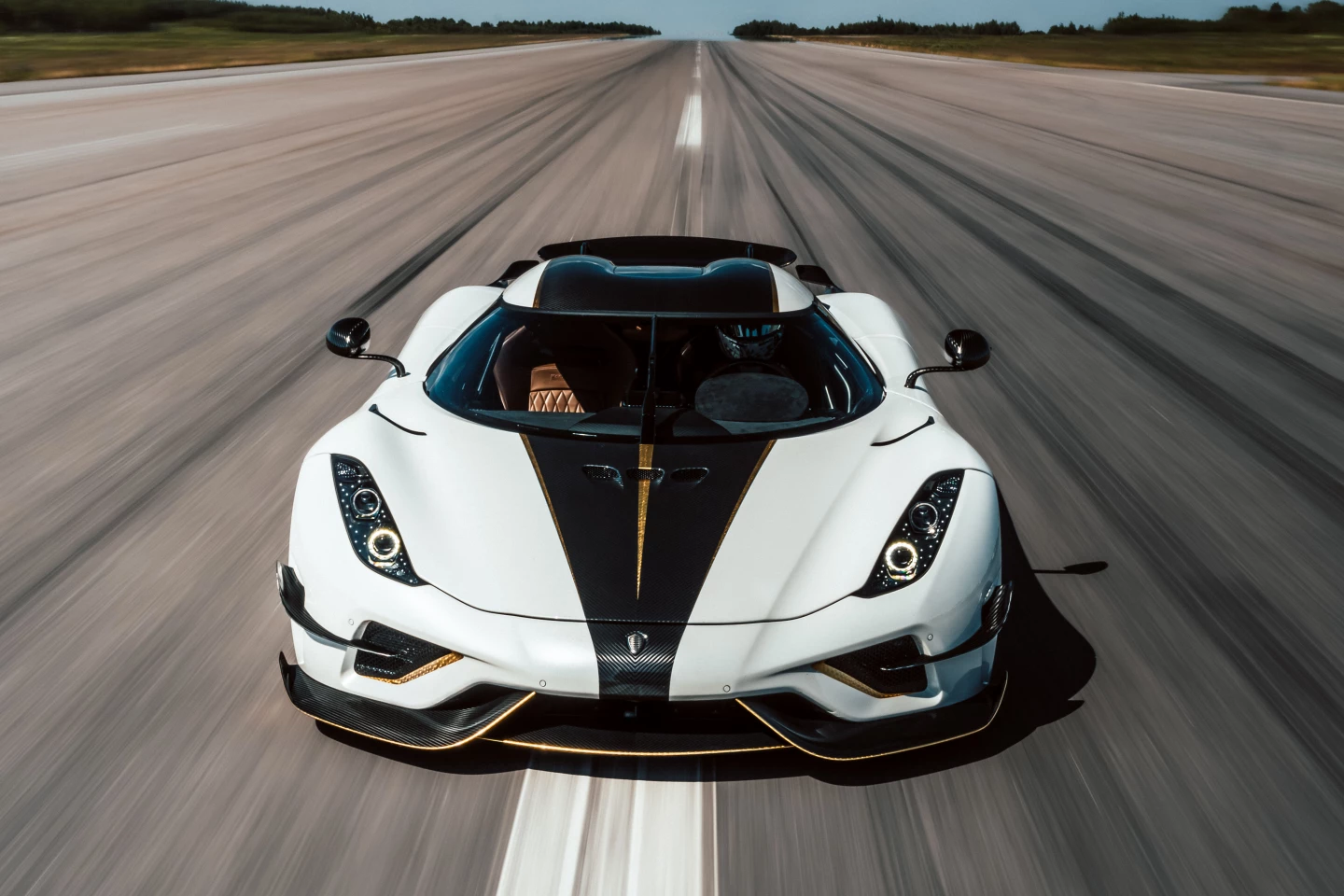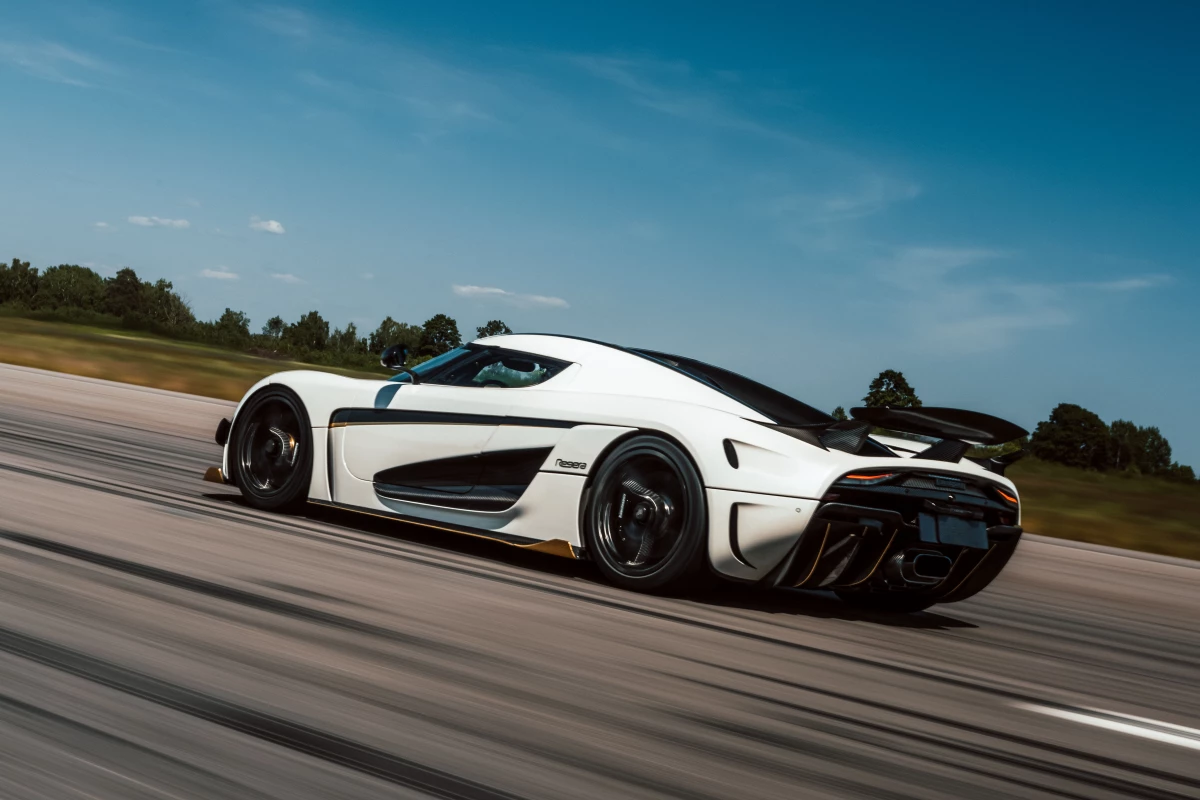Getting from 0 to 400 km/h (249 mph) and back to a standstill as quickly as possible has become a hotly contested acceleration and braking benchmark for the world's fastest hypercars. It's not just a test of engine power and braking grip, it's also an extreme test of traction control, ABS, active aerodynamics and suspension systems.
And it's probably appropriate; a lot of multi-million dollar hypercars aren't focused on racetrack times, but they do offer 1,600-plus horsepower and outrageous top speeds. And since they're driven by, well, whoever can afford them rather than the world's most skilled drivers, the companies that make them do seem to feel an obligation to make extreme acceleration, high speeds and savage braking as easy, safe and computer-controlled as possible.
In 2017, Bugatti set a blistering 42-second 0-400-0 time with its high-tech Chiron. Just six years later, two of 2023's fastest cars have shaved more than 12 whole seconds off that time. The outgoing record holder: the 1,914-horsepower, all-electric Rimac Nevera, which broke this record, and 22 others, in a single day back in May.
The new record holder? Erm, it's the old record holder. The Koenigsegg Regera, an 1,800-horsepower luxury hybrid "megacar" running an extraordinary single-speed direct-drive transmission, set its last record in 2019, at 31.49 seconds.

Rimac's big day in May appears to have caused Christian Von Koenigsegg, the man with the best name in the business, to raise enough of an eyebrow to dust off a 4-year-old Regera and have another crack at it – on a better surface, apparently, and with the latest Michelin Cup2R tires.
It was worth the effort. With a brave test driver stomping one pedal, then another, the Regera hit 400 km/h in 20.68 seconds (0.64 seconds quicker than the Nevera), and pulled up to a complete stop a remarkable 8.13 seconds later, for a Racelogic-verified 28.81-second 0-400-0 time.
The Regera might struggle to beat the Rimac in a 0-400-0 duel; all-electric powertrains offer extreme grunt and acceleration early, while combustion engines tend to reign supreme as speeds get up into the sillier numbers.

Koenigsegg shoots for a little of both with the Regera, which uses about 700 horsepower's worth of electric shunt to get it off the line, and then adds in an 1,100-horsepower, 5.0-liter twin-turbo V8 connected directly to the rear wheels and geared to redline at 403 km/h (250.4 mph). It's a wild design, conceived to excel at exactly this kind of challenge.
"This specific record is one that means a lot to Koenigsegg, as it’s a record that covers every aspect of extreme performance,” said Christian von Koenigsegg in a press release. "The fact that the Regera can still surprise and amaze the automotive world after all this time is a testament not only to its timeless design, but to engineering and technology that was way ahead of the curve. It’s something that makes me extremely proud, and as the Jesko customer cars are being delivered, we can’t wait to show you what’s next.”
What's next indeed. That Jesko is designed to be a lot faster than the Regera – indeed, Koenigsegg has said it'll be the fastest car he ever makes. Its 1,600-horsepower full-combustion powertrain has several wildly innovative ideas sprinkled through it as well, and while we've seen the man himself give it a decent gumboot full, it hasn't yet gone out to set records. We wonder how it'll do.
Enjoy a video below.
Source: Koenigsegg







